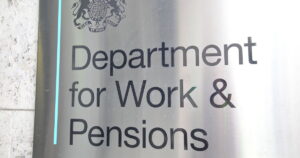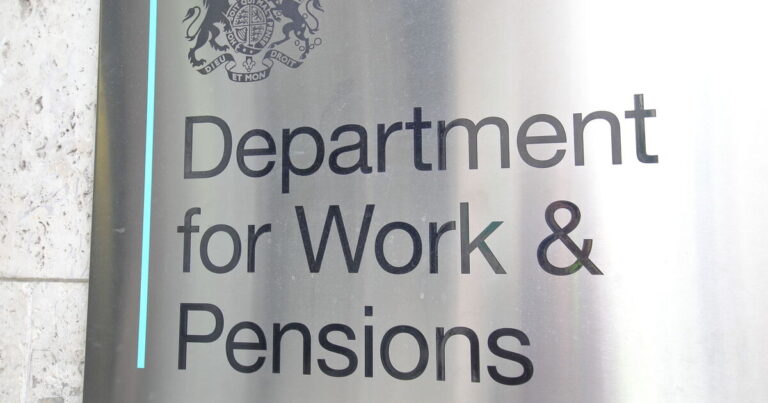
Hundreds of thousands of retirees face being penniless in old age because they are taking too much out of their pension pots, according to finance experts.
Many people are routinely taking 8 percent a year out of their pension pot nest eggs which is double the proportion recommended.
Well over 220,000 pension pots had a withdrawal rate of more than 8 percent in 2023/24, according to the most recent Financial Conduct Authority Retirement Income Market data showed.
Calculations by investment experts at Hargreaves Lansdown show that if a 65-year-old withdrew 8 percent per year from a £200,000 pot it would be depleted by the age of 82 based on an assessment of typical investment growth and fees.
By contrast, an annual withdrawal of 6 percent would ensure the pot lasts until the age of 92, while reducing the drawdown figure to 4 percent would ensure the pot is still worth £182,000 by the time the individual reaches 100.
Helen Morrissey, head of retirement analysis at the firm, said: “Managing an income drawdown pot throughout retirement can be challenging.
“We don’t know how long we are going to live and with recent data showing there are over one million people over the age of 90 and almost 15,000 centenarians in England and Wales the reality is it’s likely to be a multi-decade endeavour.
“Understanding how much you can take to enjoy your retirement while making sure you don’t run out of money can be tricky with recent FCA Retirement Income Market data showing some unsettling trends.
“Well over 220,000 pots had an annual withdrawal rate of 8 percent in 2023/24 – well above the established rule of thumb which settles around the 4 percent mark.
“Of course, there will be times when you need to take more money from your pension – for instance if you are planning a big overseas trip. However, if you are plundering your pot long term then you face the very real threat of running out of money.”
HL said the optimal way to handle a pension nest is to take a drawdown income based on how the investments in the pot have performed. This means that you do not eat into capital that could be needed later – for instance if you need to go into care.
HL said: “ This will mean that the level of income you take will fluctuate so it can be a good idea to have a savings buffer to supplement your income during these times. We suggest having between one and three years of your essential expenses in an easy access account.
“It’s also really important that you invest in line with your risk appetite. For example, if you need income of 6 percent per year you need to be invested in assets that can deliver that kind of return.”
Another option would be to adopt a mix and match approach which combines drawdown and using some of the pension pot to buy an annuity, which provides an income for life.
Recent data from HL’s annuity search engine shows a 65-year-old with a £100,000 pot can get up to £7,144 per year from a single life level annuity with a five-year guarantee. A 70-year-old could get up to £7,885 while someone buying an annuity at 75 would get over £9,100 per year.
HL said: “There’s also potential to boost your income further if you develop a health condition such as diabetes through an enhanced annuity. Securing levels of guaranteed income throughout retirement can give you peace of mind that you can meet your day-to-day expenses while leaving a portion of your pension to grow.”


















